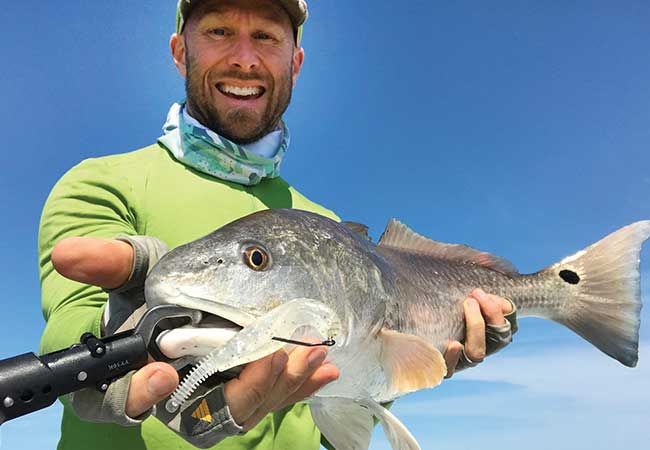By Tobin Strickland, CAM Special Correspondent
“The fish moved.” That might be the shortest correct answer as to why an angler didn’t catch anything on a trip. Yes, it does have a certain air of Mr. Smarty Pants, but there is a lot of truth in it. Once the basics of fish movement are learned, it will dramatically improve an angler’s chances on the water. Let’s look at the general big-concept moves.
Inshore fish make hourly shifts. They change depth, move with the tide and follow forage into small tertiary locations far away from the main bays. On a daily basis, fish move their position according to temperature changes, light intensity, wind direction and velocity, as well as their need to feed. Fish also move seasonally with the seasonal forage movements on the Gulf and Atlantic coasts. Within the larger season, fish will make moves monthly to shift as meteorological changes occur.
One of the biggest challenges a new angler has is identifying where fish should be. Targeting high-percentage areas is key. I see many anglers falling into the advice of learning only structure within an estuary and focusing their time there. While there is certainly nothing wrong with that sort of intensity, I’d recommend applying that intensity to the part of the estuary where the fish actually are for that season or month. Once you figure that out, finding fish somewhere within their daily movements becomes much easier.
Tobin created TroutSupport.com – TechSupport for speckled trout and redfish anglers everywhere.
